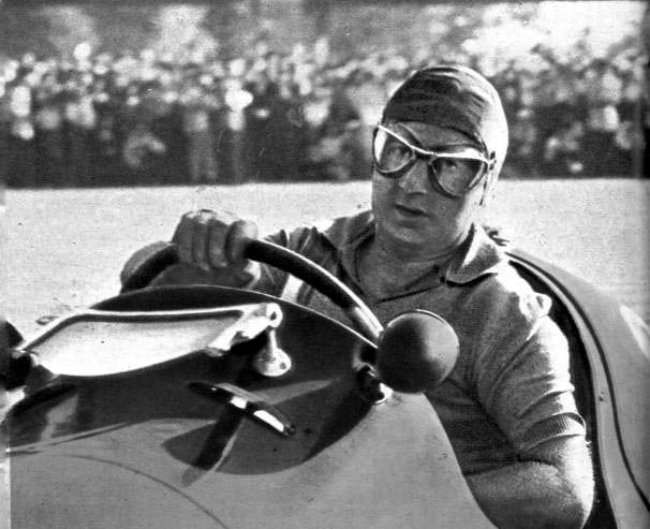Stirring The Pot On The Track And Off
The sport of Formula One has been marked by controversy since its very beginnings. Drivers, builders, and racing teams have bent the rules—or broken them—to get ahead. While there’s rarely a time when some controversy isn’t rocking the Formula One world, we look back at its most controversial moments of all.
1955: Alberto Ascari And The Withdrawal Of Lancia
Two-time champion Alberto Ascari survived crashing into the harbor at the 1955 Monaco Grand Prix, but was not as fortunate four days later while on a test-drive at Monza. Along with financial struggles, the loss of their star driver and Italian racing icon Ascari was a major factor in manufacturer Lancia’s decision to withdraw from Formula One.
1955: Withdrawal Of Mercedes
Mercedes-Benz had dominated the previous two years of Formula One with driver Juan Manuel Fangio and their W196. The June 11, 1955 disaster at Le Mans that claimed the lives of more than 80 spectators was most likely a factor in the company’s decision to withdraw from all motorsports. The manufacturer wouldn’t return to Formula One for more than three decades.
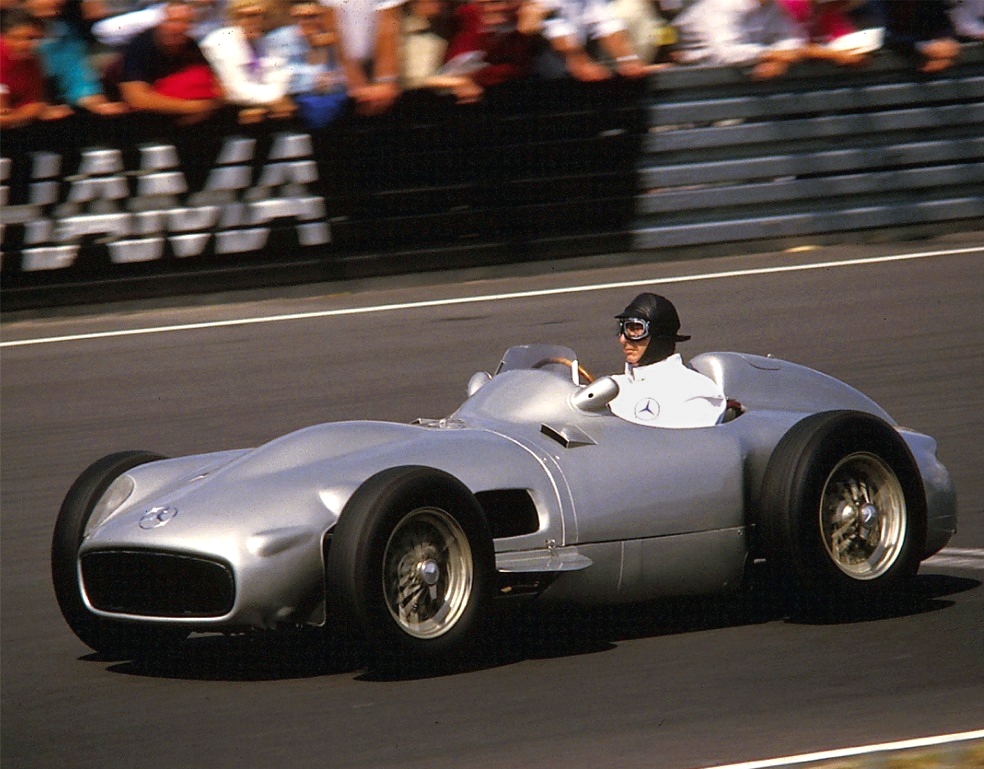 Lothar Spurzem, CC BY-SA 2.0, Wikimedia Commons
Lothar Spurzem, CC BY-SA 2.0, Wikimedia Commons
1958: Hawthorn Catches A Break
Mike Hawthorn illegally bump-started his stalled car down a hill in the wrong direction at the 1958 Portuguese Grand Prix, which led to Hawthorn’s disqualification. Rival driver Stirling Moss put in a word on Hawthorn’s behalf and the decision was overturned. Hawthorn’s second-place finish that day enabled him to squeeze past Moss in the final standings. Hawthorn remains one of only two drivers to win a championship while winning only one race in the season.
 Unknown Artist, Wikimedia Commons
Unknown Artist, Wikimedia Commons
1960: The Belgian Grand Prix’s Grim Toll
Drivers Chris Bristow and Alan Stacey lost their lives in separate accidents at the 1960 Belgian Grand Prix. Stirling Moss and Mike Taylor were also seriously injured the previous day during practice runs. The grim results gave many drivers a lifelong dislike of competing at the Spa-Francorchamps track.
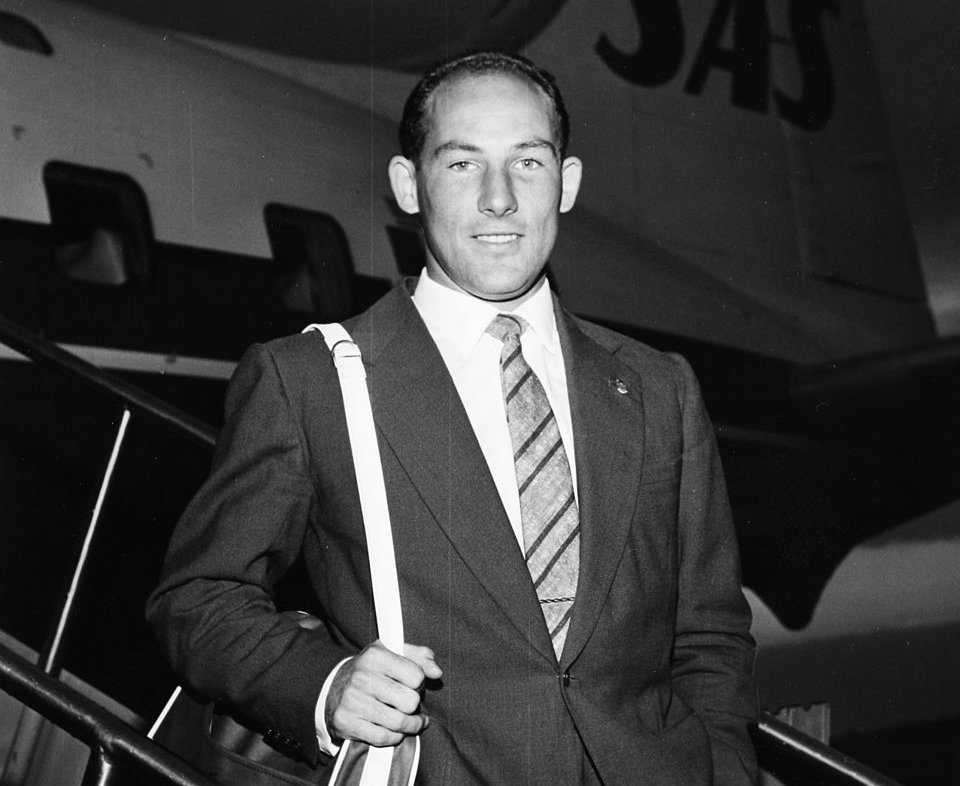 SAS Scandinavian Airlines, Wikimedia Commons
SAS Scandinavian Airlines, Wikimedia Commons
1966: Surtees Quits Ferrari
Ferrari manager Eugenio Dragoni forced John Surtees to drive the Ferrari 312 at the 1966 Monaco Grand Prix, while entrusting the better-handling 246 to teammate Lorenzo Bandini. The 1964 Formula One champ and seven-time Grand Prix Motorcycle champ Surtees was angered at what he saw as a demotion, and left Ferrari on the eve of that year’s 24 Hours of Le Mans. The sudden resignation almost certainly cost Ferrari more championships.
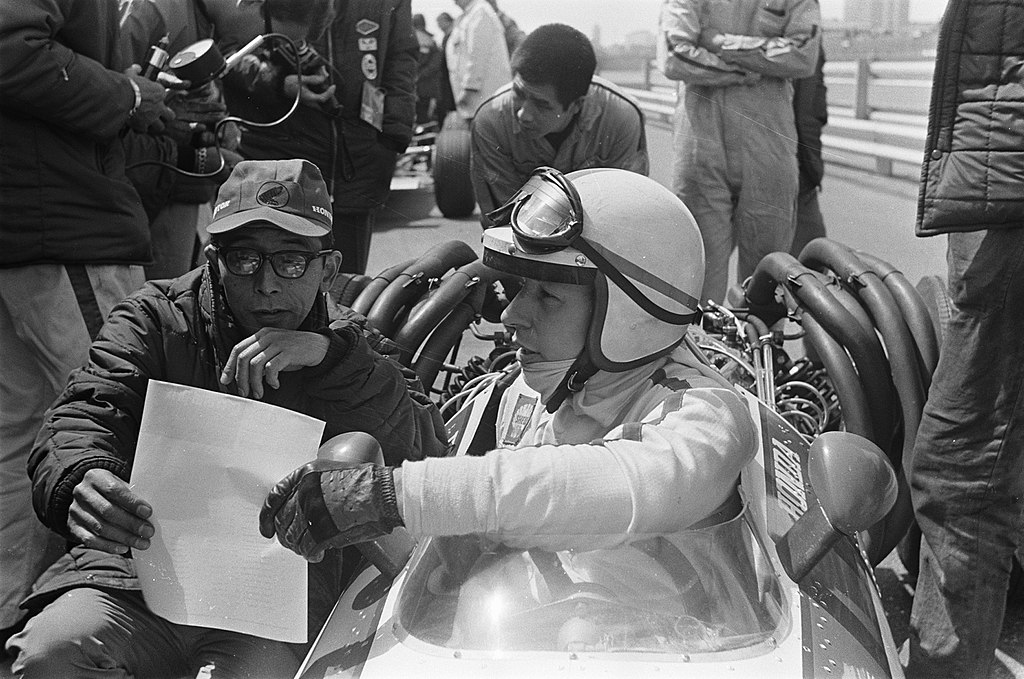 Evers, Joost, CC BY-SA 3.0, Wikimedia Commons
Evers, Joost, CC BY-SA 3.0, Wikimedia Commons
1968: The Honda RA302
Honda works driver John Surtees had driven the new experimental RA302, stating that it wasn’t race-ready and a potential deathtrap. That didn’t deter Honda from entering the car in the 1968 French Grand Prix, with sobering results. Jo Schlesser lost control on the second lap and the car erupted into a fireball, claiming Schlesser’s life. Honda tried to persuade Surtees to drive a modified version at the Italian Grand Prix, but he declined.
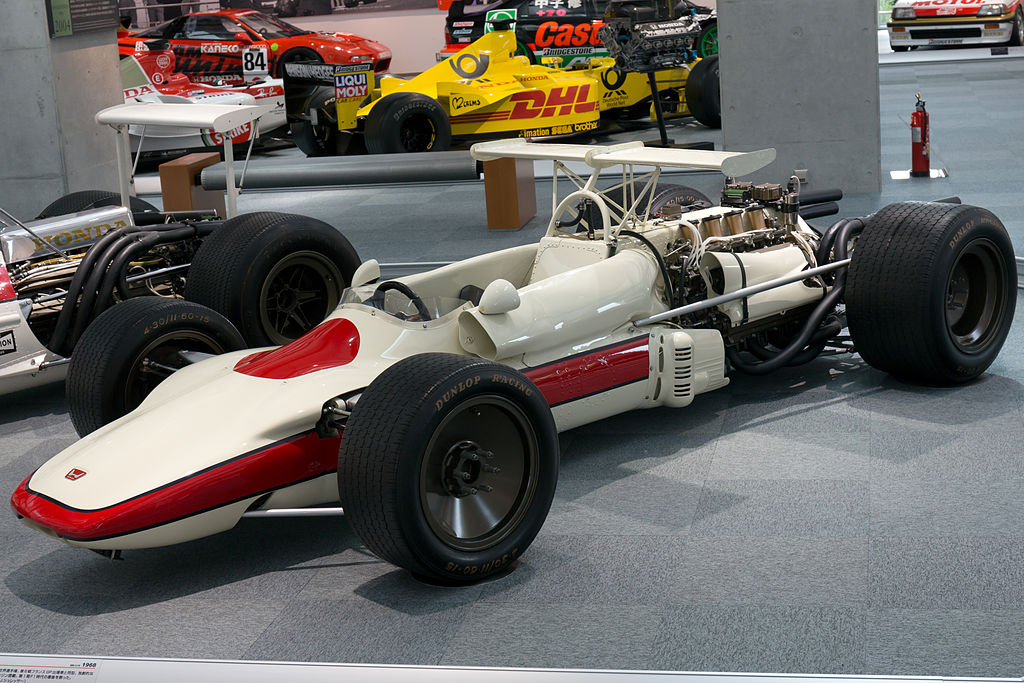 Morio, CC BY-SA 3.0, Wikimedia Commons
Morio, CC BY-SA 3.0, Wikimedia Commons
1969: A Successful Boycott
With speed and the number of accidents increasing, Jackie Stewart and other top Formula One drivers demanded major safety upgrades to the Belgian Grand Prix track at Spa-Francorchamps. When the authorities said no way, the British, French, and Italian racing teams refused to participate and the race was cancelled.
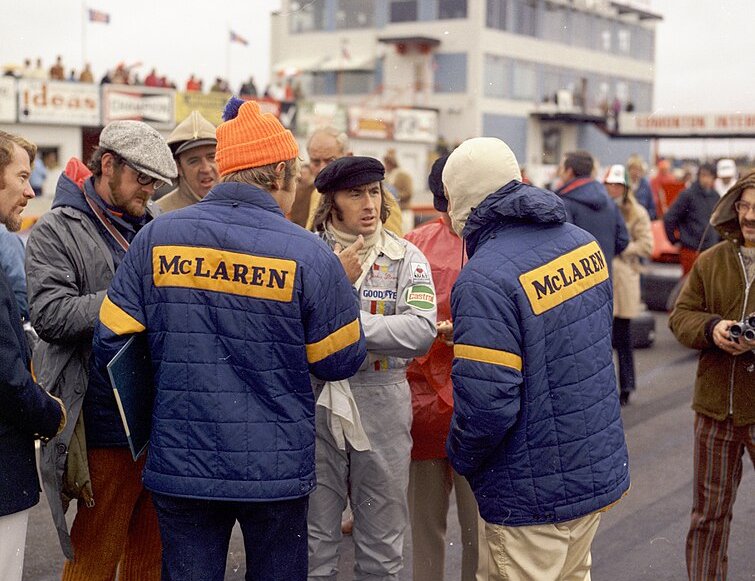 Provincial Archives of Alberta, Wikimedia Commons
Provincial Archives of Alberta, Wikimedia Commons
1973: A Spirited Debate And An Early Retirement
Tyrrell teammates Jackie Stewart and Francois Cevert were caught on film arguing about how to approach “the Esses” turn of Watkins Glen, site of the final race of the year. Minutes later, Cevert lost his life in a practice accident at the difficult section, leading to Stewart’s decision not to race that day, in what would’ve been the final race of his career.
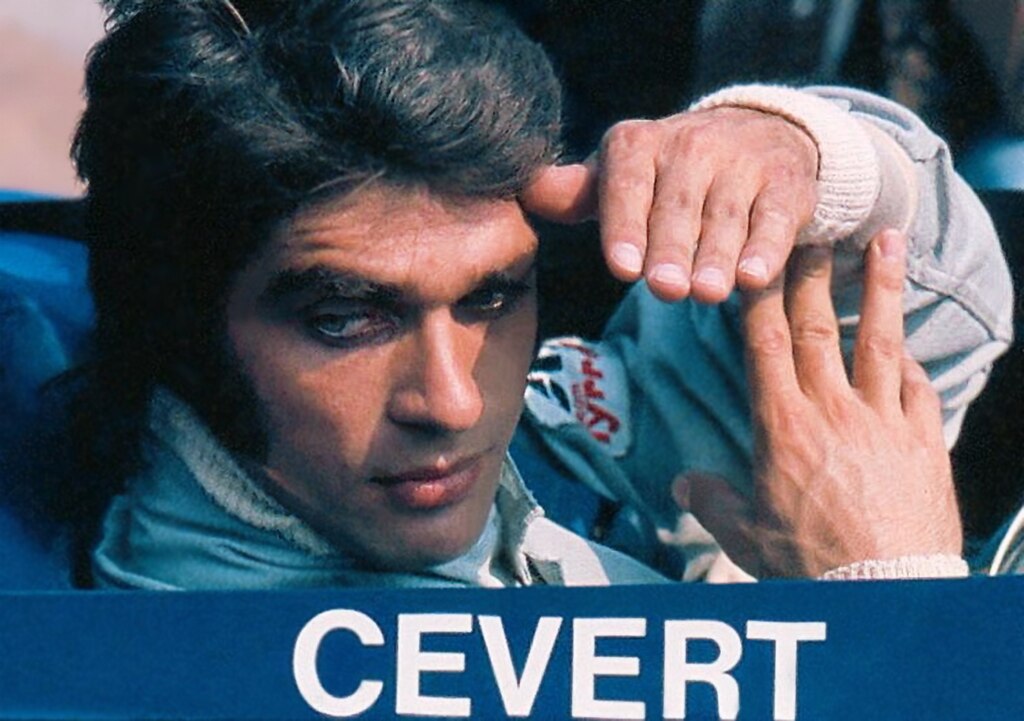 Raimund Kommer, CC BY-SA 3.0, Wikimedia Commons
Raimund Kommer, CC BY-SA 3.0, Wikimedia Commons
1976: Niki Lauda’s Fiery Crash
Niki Lauda tried to organize a drivers’ boycott of the 1976 German Grand Prix at the Nurburgring, but without success. His worries about the track’s safety came true in the worst way. In one of Formula One’s most controversial and heroic incidents, fellow drivers pulled Lauda from his burning car. Lauda barely survived but mounted a comeback attempt even while recovering from the severe burns he suffered.
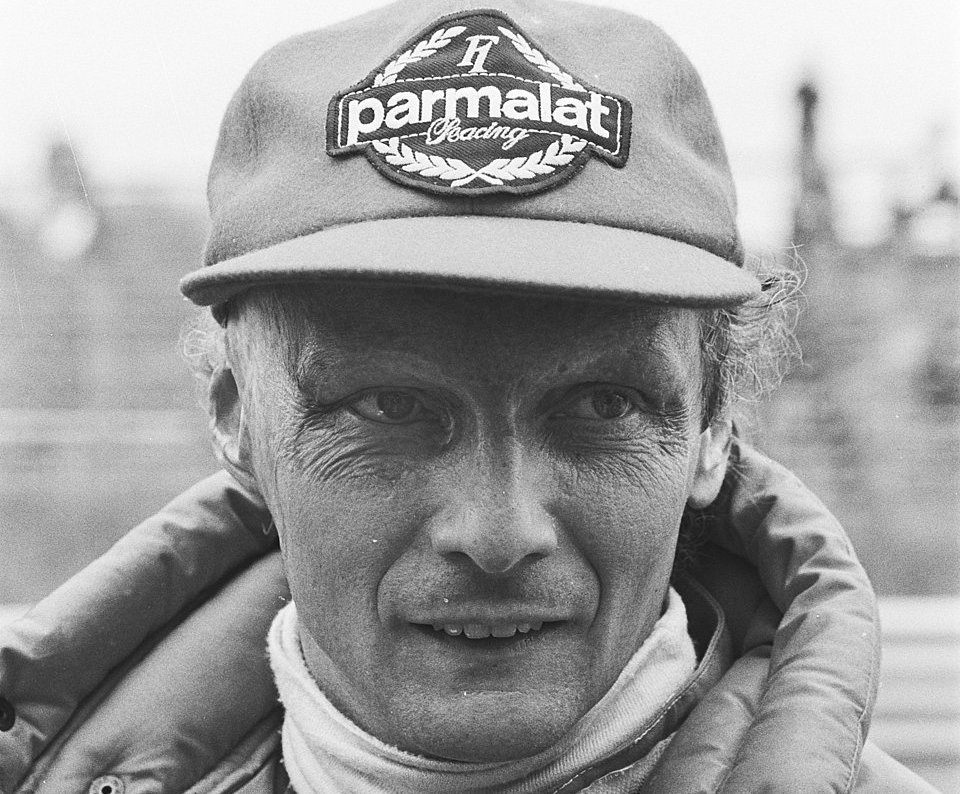 Hans van Dijk, CC0, Wikimedia Commons
Hans van Dijk, CC0, Wikimedia Commons
1977: Lauda Walks Out Early
Niki Lauda had already secured the title heading into the final two races of the year. Disenchanted with new Ferrari teammates Carlos Reutemann and Gilles Villeneuve, Lauda declined to race in the Canadian or Japanese Grand Prix. It was the end of a fascinating era at Ferrari, and the start of a new one as well.
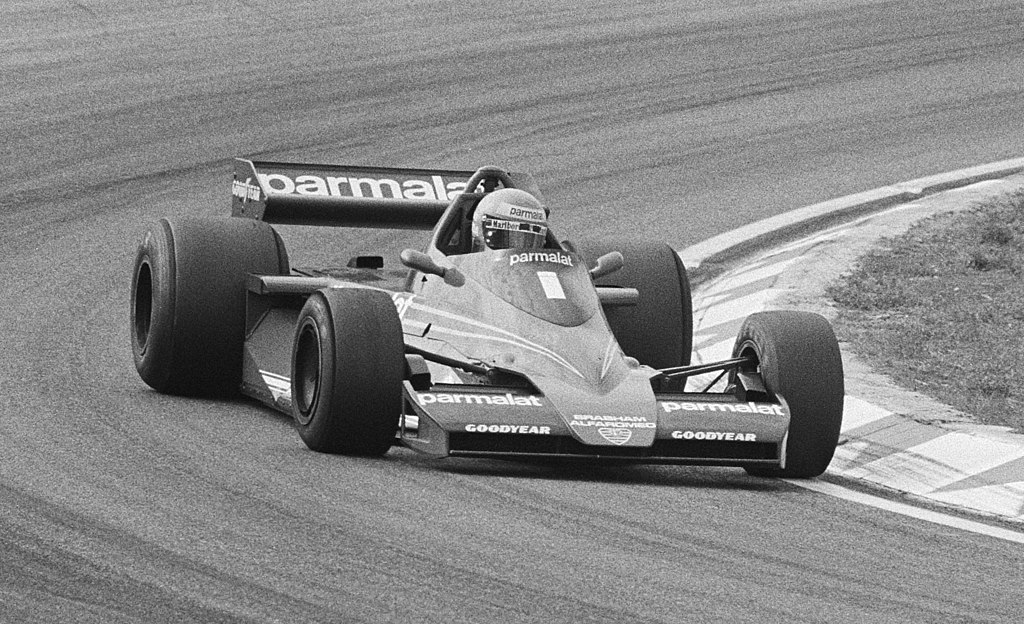 Suyk, Koen, CC BY-SA 3.0, Wikimedia Commons
Suyk, Koen, CC BY-SA 3.0, Wikimedia Commons
1976-77: The Six-Wheeler
Tyrrell made one of the boldest redesigns in Formula One history with its six-wheeled P34. The four smaller front wheels allegedly gave the car tighter road grip and braking performance, winning the 1976 Swedish Grand Prix. Attempts to improve the car failed, while sourcing the small front tires proved too much of a challenge to overcome. After poor results in 1977, Tyrrell retired the P34.
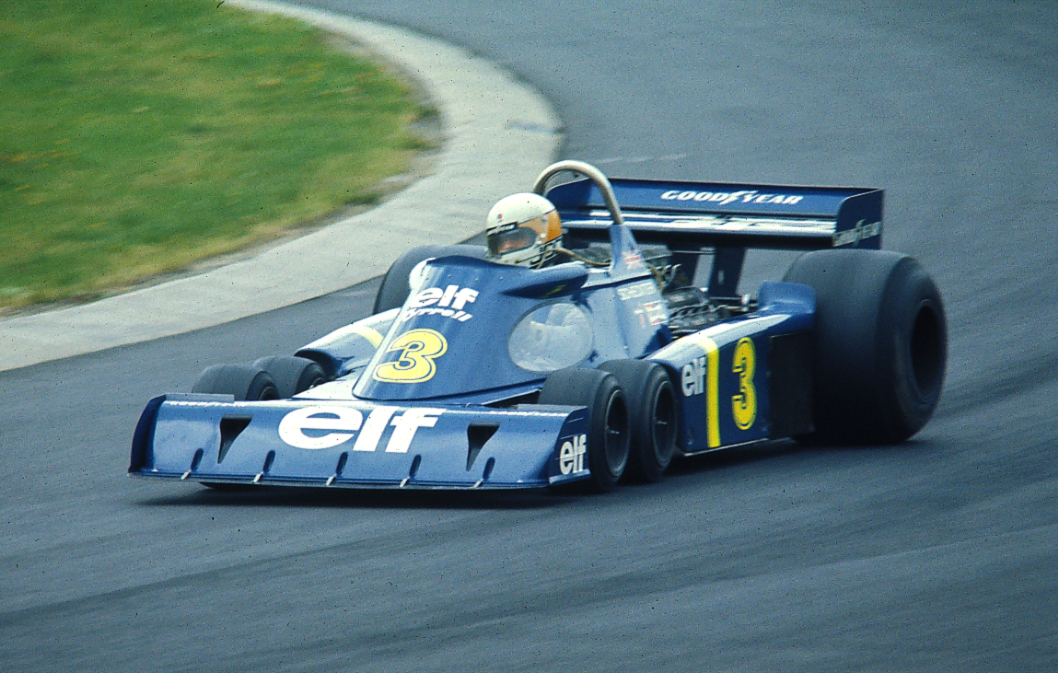 Lothar Spurzem, CC BY-SA 2.0, Wikimedia Commons
Lothar Spurzem, CC BY-SA 2.0, Wikimedia Commons
1978: The Fan Car
Desperate to keep pace with the Lotus team’s dominance of the field in the late 70s, Brabham engineers fitted their BT46 with a fan at the back end. The fan helped remove air from underneath the car, creating great downforce and better race performance. It won in its only race at the 78 Swedish Grand Prix with Niki Lauda at the wheel. Fearing an imminent ban, Brabham removed the modification.
 Pavelegorov, Wikimedia Commons
Pavelegorov, Wikimedia Commons
1981: Chaos At The Belgian Grand Prix
A mechanic lost his life when he was struck by a race car in the pit, leading to a protest by mechanics and drivers. The following day, another mechanic was struck while trying to restart an engine that had been shut off during a poorly-coordinated formation lap. The mechanic survived, but the race’s dangerous chaos forced Formula One to bring in new rules.
 Malte89N, CC BY-SA 3.0, Wikimedia Commons
Malte89N, CC BY-SA 3.0, Wikimedia Commons
1982: Drivers Strike
Niki Lauda was again at the center of the Formula One storm, leading a drivers’ strike against the FISA (International Federation of Automobile Sports) mandate of a super licence for F1 drivers. The new licence prevented drivers from signing with other teams for three years, and banned them from speaking negatively about FISA. FISA eventually relented, but fined several drivers for their actions.
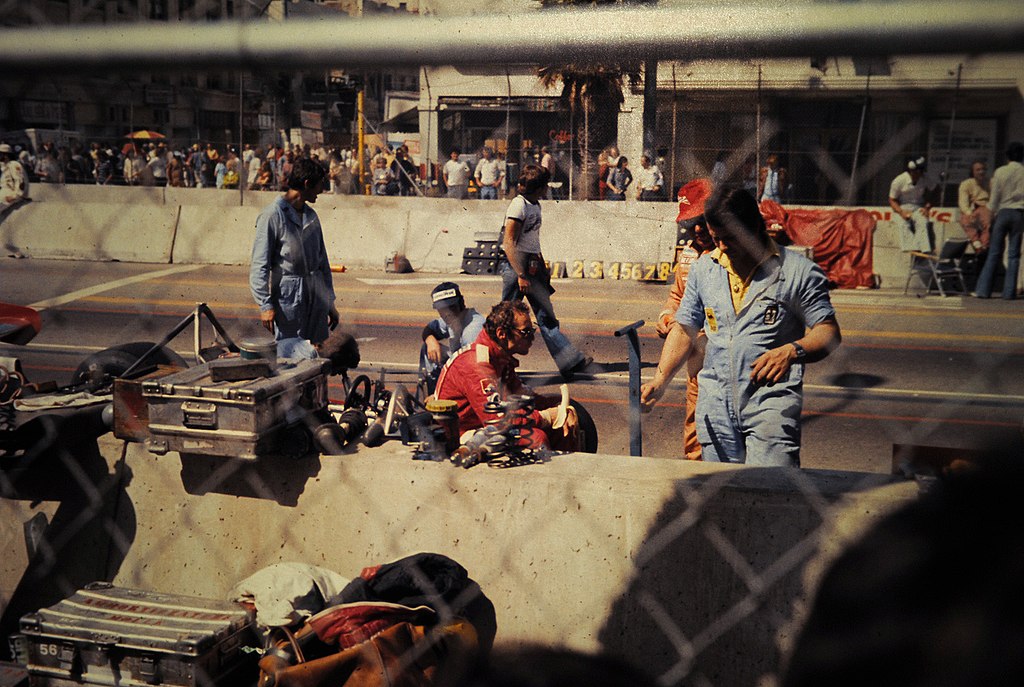 Christian Sinclair, CC BY 2.0, Wikimedia Commons
Christian Sinclair, CC BY 2.0, Wikimedia Commons
1982: Ferrari Controversy And Tragedy
Ferrari driver Didier Pironi didn’t hear—or ignored—his team’s instructions to let teammate Gilles Villeneuve finish first, blasting by Villeneuve for the win. The furious Villeneuve never spoke to Pironi again, and lost his life two weeks later in a qualifying run at the Belgian Grand Prix. Many say that Villeneuve’s crash was caused by his intense effort to match Pironi’s time at that event.
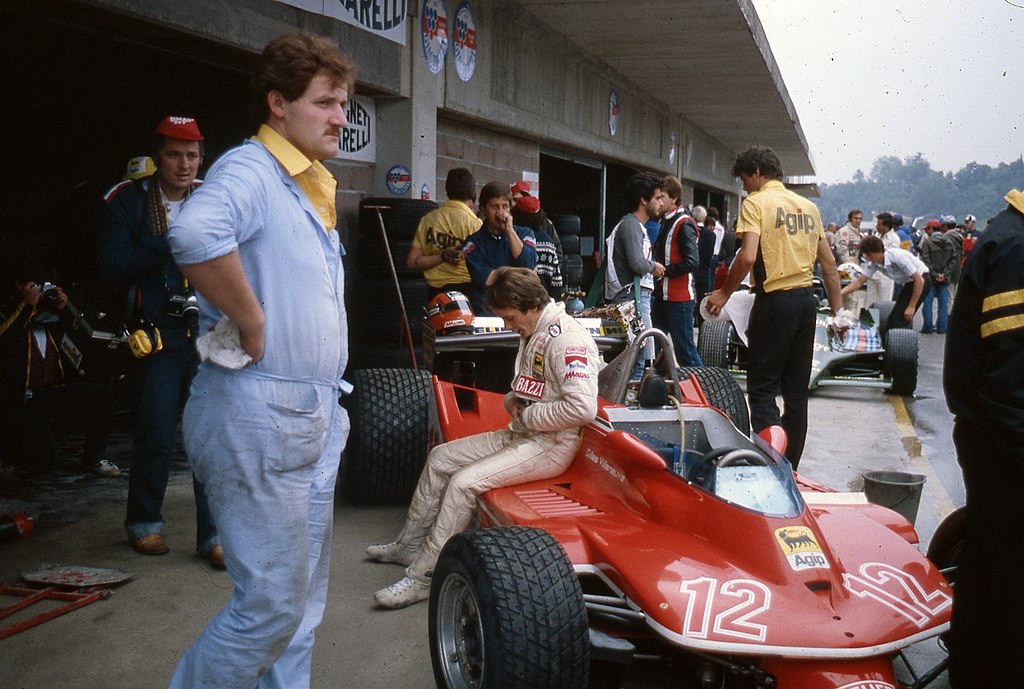 ideogibs, CC BY-SA 2.0, Wikimedia Commons
ideogibs, CC BY-SA 2.0, Wikimedia Commons
1984: Tyrrell Disqualified
Tyrrell was the last team on the grid not running a turbo engine, and was having trouble meeting the minimum weight limit for races. To meet the limit, Tyrrell was running the races underweight, then adding two gallons of water and 140 pounds of lead shot in the closing stages to pass the post-race inspection. When the tactic was discovered, Tyrrell was disqualified for the season.
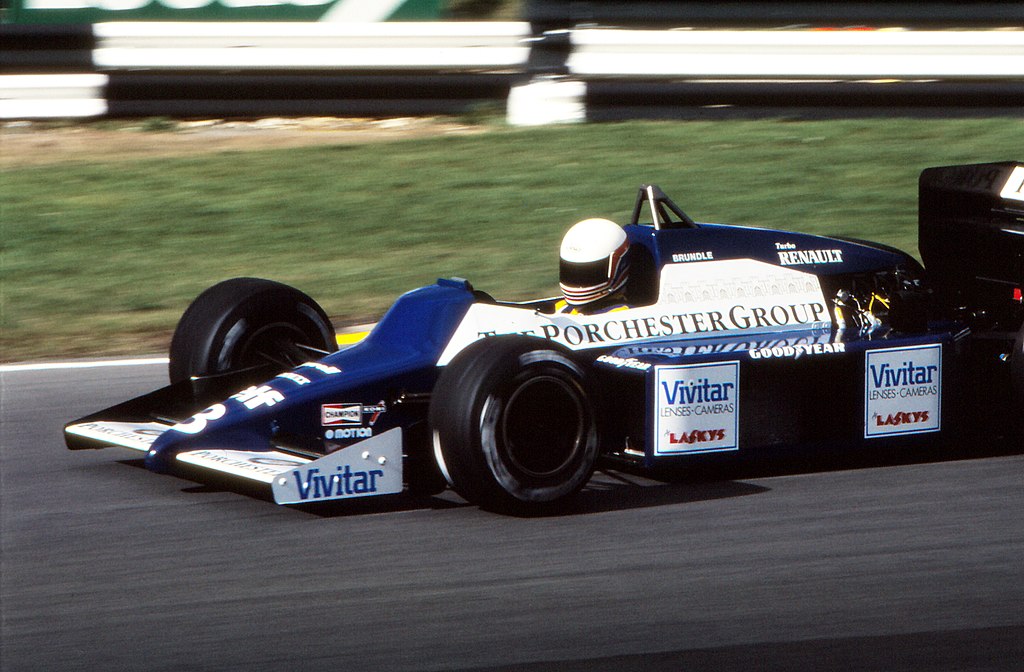 Jerry Lewis-Evans, CC BY-SA 2.0, Wikimedia Commons
Jerry Lewis-Evans, CC BY-SA 2.0, Wikimedia Commons
1987: Mansell And Senna Clash
Nigel Mansell attempted a tight pass on leader Ayrton Senna and the two collided, knocking both out of the race. An enraged Mansell later grabbed Senna by the scruff of his overalls and shoved him against the garage wall. The two would battle each other for the next several years, though things never got so heated again.
 madagascarica, CC BY 2.0, Wikimedia Commons
madagascarica, CC BY 2.0, Wikimedia Commons
1988: Prost Vs Senna I
Alain Prost and Ayrton Senna were so dominant for McLaren that year they were really competing only against each other. Late in the Portuguese Grand Prix, Senna swerved nearly close enough to Prost to make contact. Though Senna later apologized, the tension between the two would only increase in the seasons ahead.
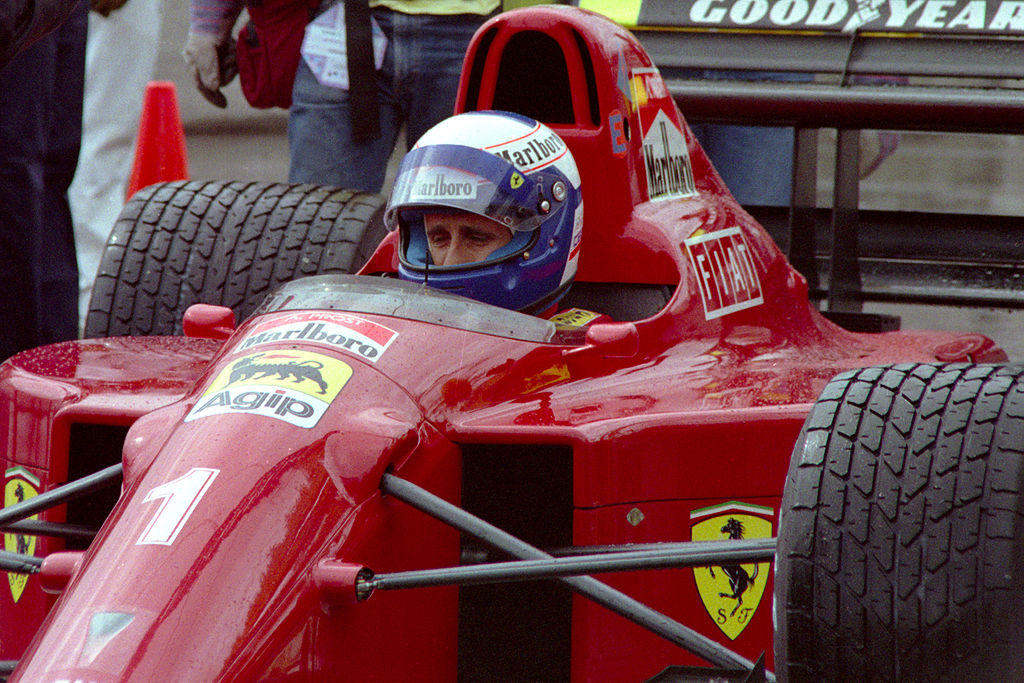 Stuart Seeger, CC BY 2.0, Wikimedia Commons
Stuart Seeger, CC BY 2.0, Wikimedia Commons
1989: Prost Vs Senna II
Ayrton Senna needed to win the season’s last two races to catch Alain Prost for the driver’s championship. In the Japanese Grand Prix, Prost collided with Senna before he could overtake, but Senna got a push restart from race marshals. Unfortunately for him, his win was disqualified because of the restart, giving Prost the championship. This remains one of the most controversial races in Formula One history.
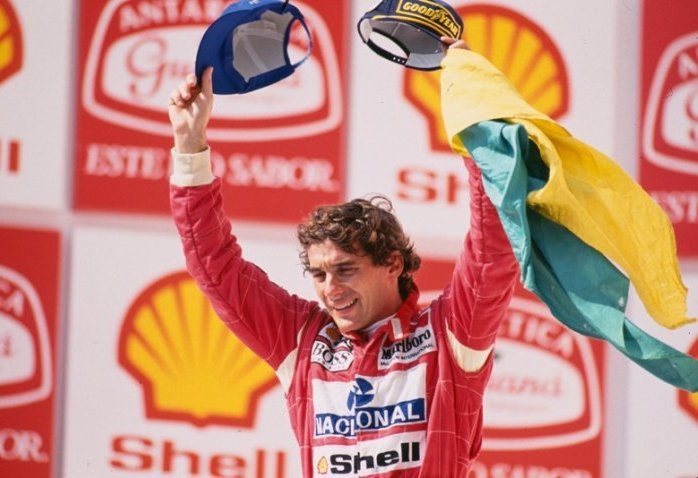 Instituto Ayrton Senna, CC BY 2.0, Wikimedia Commons
Instituto Ayrton Senna, CC BY 2.0, Wikimedia Commons
1990: Prost Vs Senna III
The 1990 Japanese Grand Prix saw a reversal of the previous year’s debacle, but this time, fans didn’t have to wait long for one of the rivals to make a move. Senna crashed into Prost on the first corner of the race’s first lap, preserving the championship for Senna. The Brazilian later admitted that it was deliberate retaliation for Prost’s move the year before.
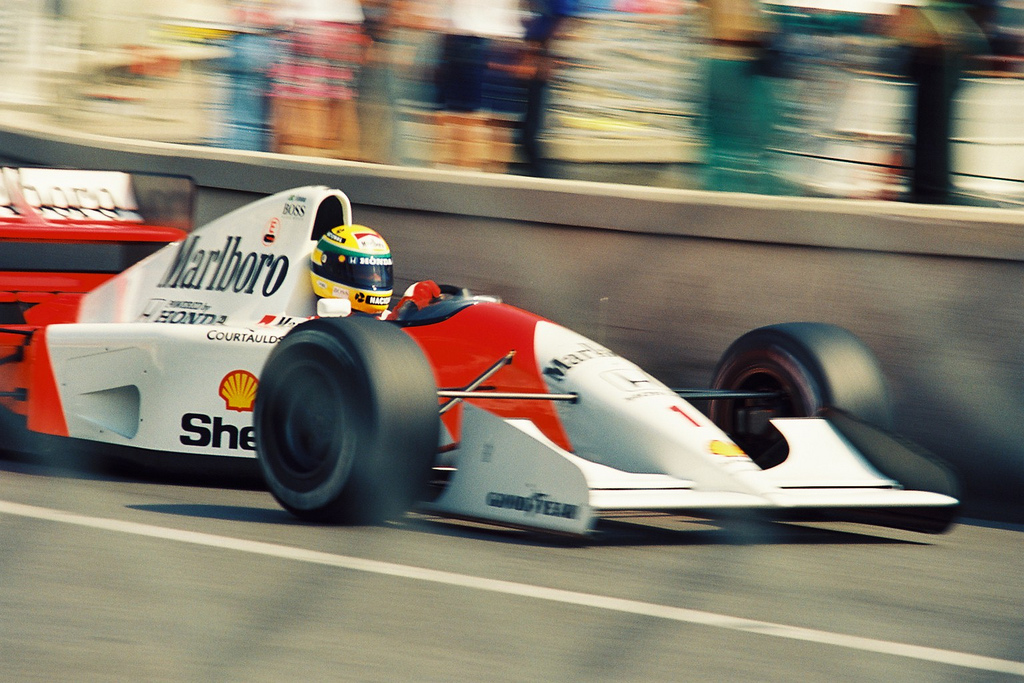 Iwao, CC BY 2.0, Wikimedia Commons
Iwao, CC BY 2.0, Wikimedia Commons
1994: Launch Control Controversy
Ferrari, Benetton, and McLaren teams were all accused of using computer software to aid in traction control, and launch control (quick acceleration). Since both these things were prohibited, the teams were accused of cheating. An investigation failed to prove that Benetton were using the equipment during races, enabling the team to avoid disqualification.
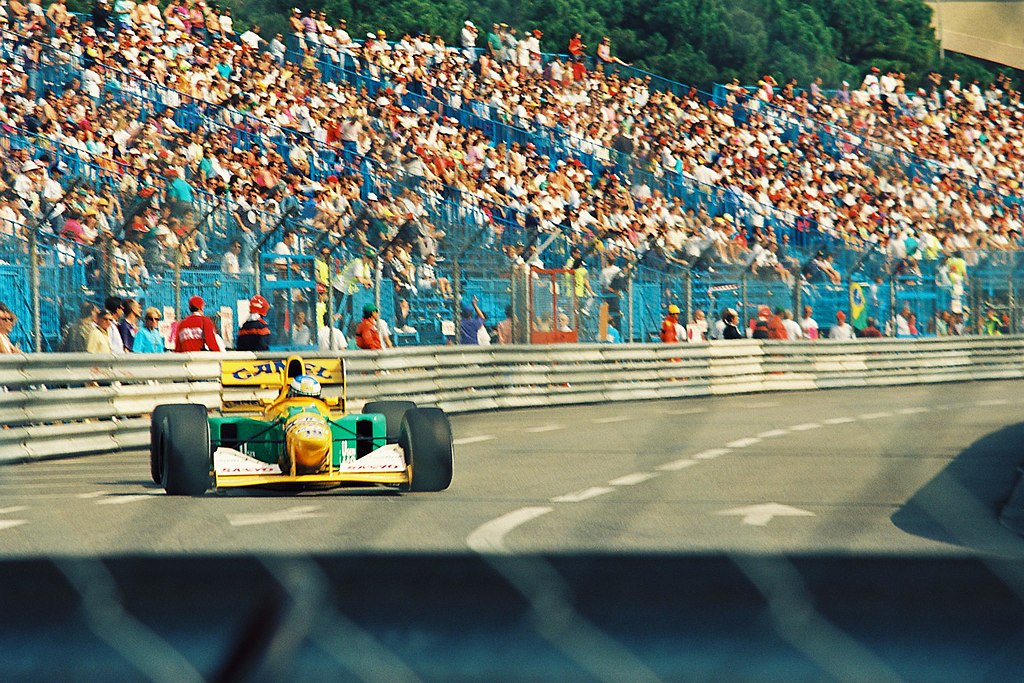 Iwao, CC BY 2.0, Wikimedia Commons
Iwao, CC BY 2.0, Wikimedia Commons
1994: Tragedy At Imola
The 1994 San Marino Grand Prix at Imola was one of the most tragic and disturbing episodes in Formula One history. The crash that claimed the life of driver Roland Ratzenberger during qualifying seemed to spook the normally unflappable Ayrton Senna. A crash during the race two days later claimed Senna’s life as well. The disastrous events led to major long term safety improvements in Formula One.
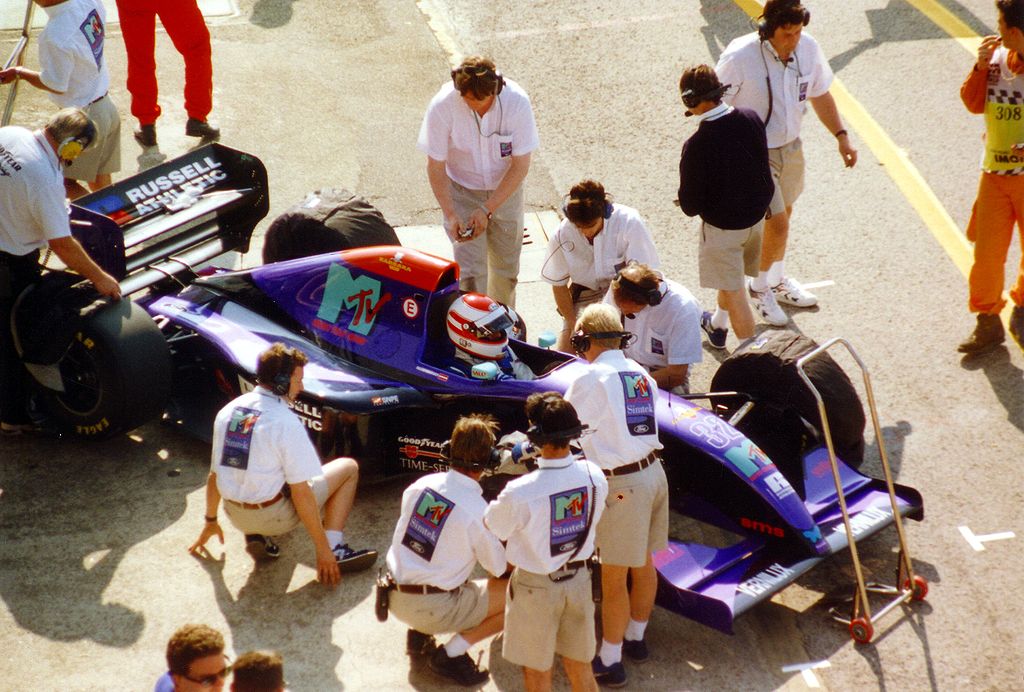 Sgozzi, CC BY-SA 3.0, Wikimedia Commons
Sgozzi, CC BY-SA 3.0, Wikimedia Commons
1994: Schumacher Knocks Out Damon Hill
Damon Hill was having a phenomenal season for Williams until the finale at the Australian Grand Prix. Michael Schumacher collided with Hill, ruining Hill’s front suspension. The controversial move knocked both cars out of the race, giving Schumacher the title by one point.
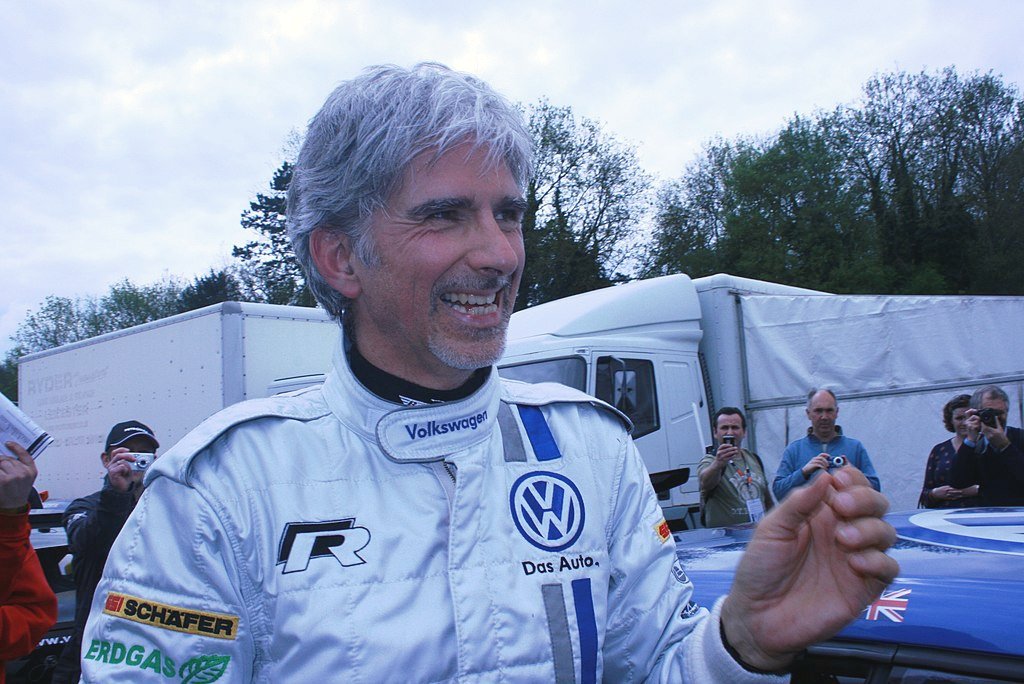 Supermac1961, CC BY 2.0, Wikimedia Commons
Supermac1961, CC BY 2.0, Wikimedia Commons
1997: Jacques Villeneuve Escapes The Schumacher Move
It was a déjà vu moment at the European Grand Prix when Michael Schumacher collided with Jacques Villeneuve to preserve his one-point lead in the season’s final race. This time, Schumacher was left high and dry in a gravel bank, while Villeneuve powered on to third place and the championship.
 Royalbroil, CC BY-SA 3.0, Wikimedia Commons
Royalbroil, CC BY-SA 3.0, Wikimedia Commons
1998: Coulthard And Schumacher Collide
Michael Schumacher tried to overtake a lapped David Coulthard in a downpour at the 1998 Belgian Grand Prix. In the terrible visibility, Coulthard swerved at the last second, and the ensuing crash took them both out of the race. With his title hopes gone, an enraged Schumacher went after Coulthard in the garage as crews held the two men apart.
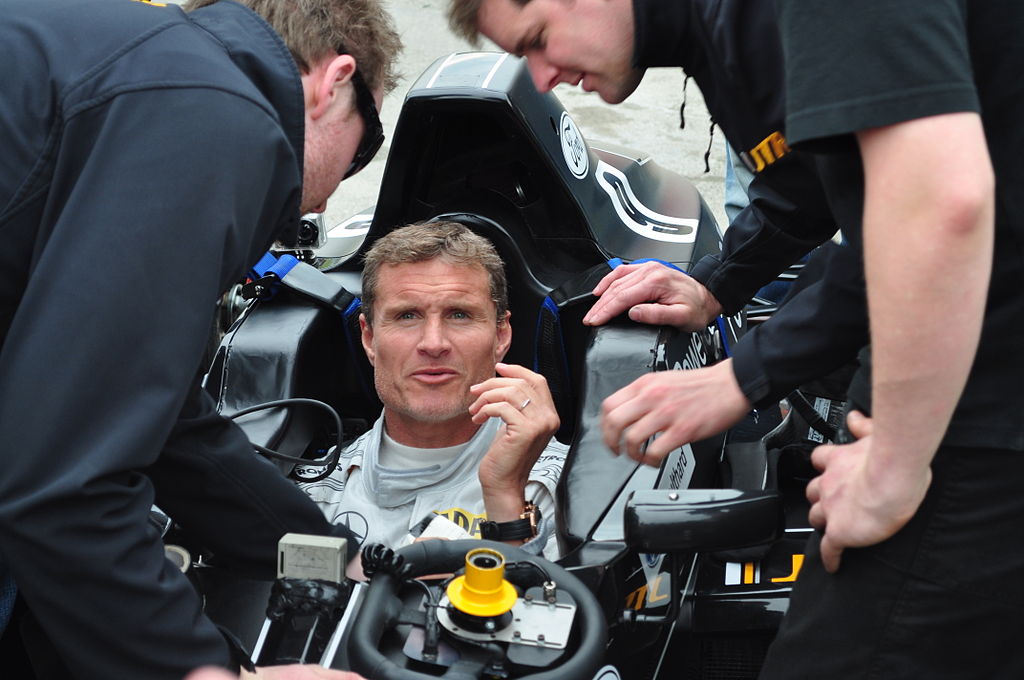 Tom Bayly, CC BY-SA 2.0, Wikimedia Commons
Tom Bayly, CC BY-SA 2.0, Wikimedia Commons
2002: Barrichello Lets Schumacher Win
Ferrari ordered Rubens Barrichello to let teammate Michael Schumacher pass him for the victory at the Austrian Grand Prix. The incident might’ve flown under the radar except Schumacher told Barrichello to stand on the winner’s spot on the podium and handed him the trophy. The incident led to a ban on team orders that would last until 2010.
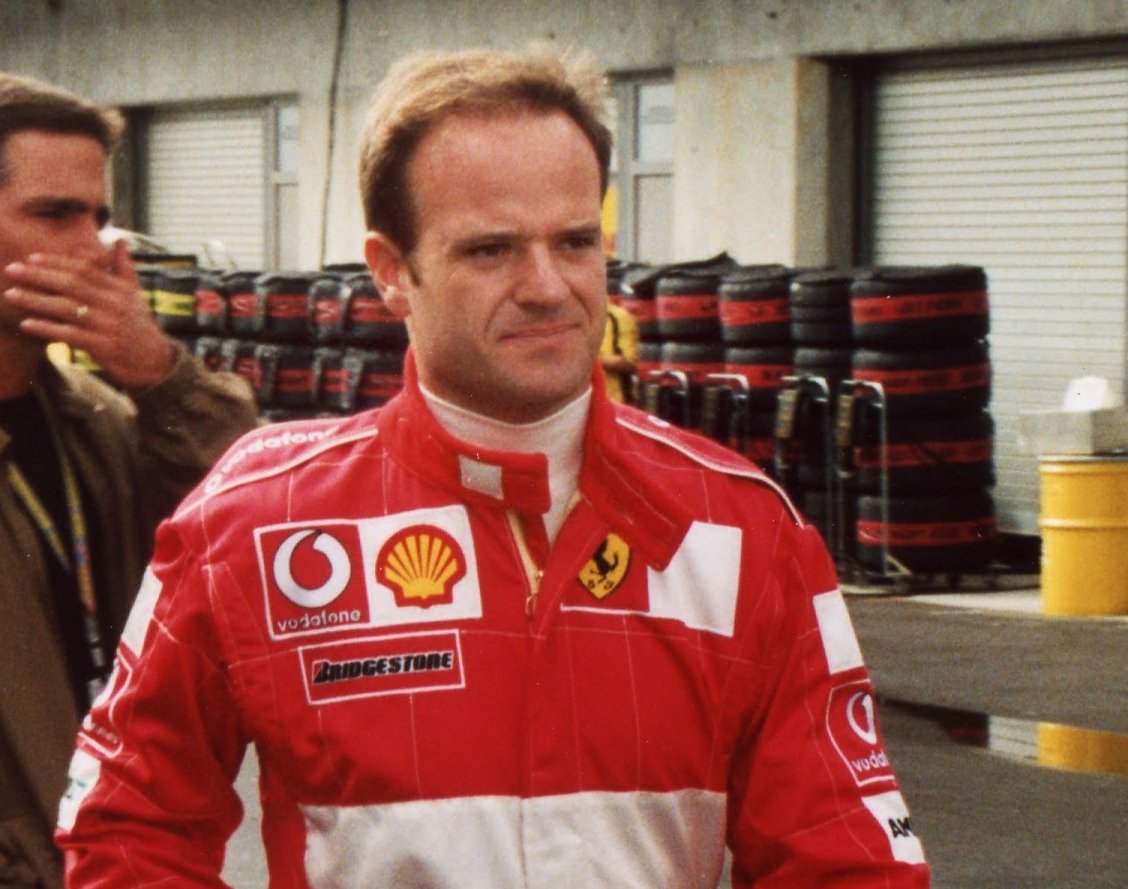 Rick Dikeman, CC BY-SA 3.0, Wikimedia Commons
Rick Dikeman, CC BY-SA 3.0, Wikimedia Commons
2005: British American Racing Has A Weight Problem
British American Racing (BAR) were banned from two races, including the Monaco Grand Prix, for having cars below the minimum weight for competition. BAR’s interpretation of the rules was that the cars met the minimum weight with fuel during the race, but of course the authorities measured all cars with the tanks empty.
 Morio, CC BY-SA 3.0, Wikimedia Commons
Morio, CC BY-SA 3.0, Wikimedia Commons
2007: Spying Scandal
McLaren was caught with a 790-page dossier of Ferrari’s complete design plan. Handed over by a disgruntled Ferrari team member, the top-secret information was found in the hands of McLaren’s chief designer, Mike Coughlan. The uproar resulted in a $100 million fine and disqualification of McLaren from that year’s constructor’s championship.
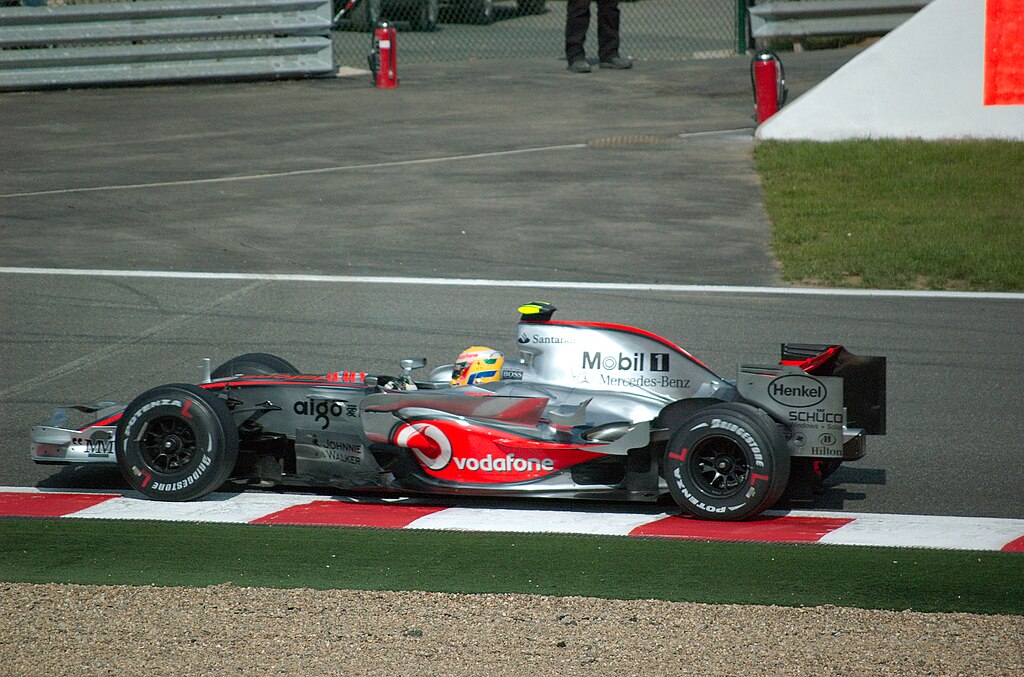 Thom May, CC BY 2.0, Wikimedia Commons
Thom May, CC BY 2.0, Wikimedia Commons
2007: Hamilton Vs Alonso
Two-time champion Fernando Alonso battled his McLaren teammate Lewis Hamilton more than the other teams on the grid. The climax was at the Hungarian Grand Prix where Alonso blocked Hamilton’s car in the pits during qualifying. Neither of the two ended up winning the title, which was claimed by Ferrari’s Kimi Haikonnen.
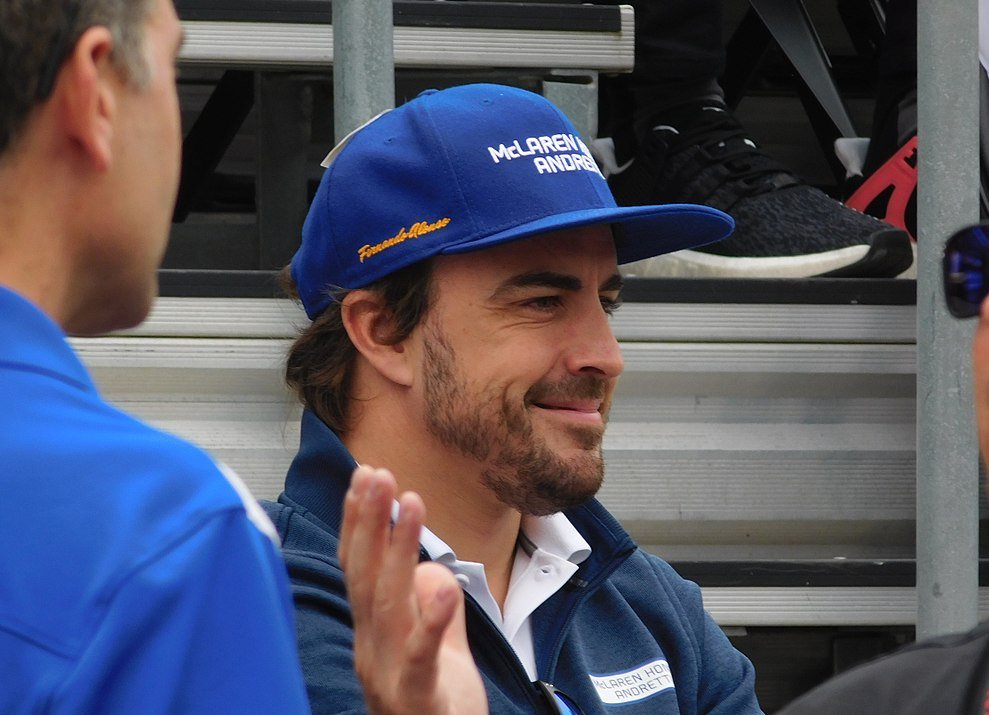 Zach Catanzareti Photo, CC BY-SA 2.0, Wikimedia Commons
Zach Catanzareti Photo, CC BY-SA 2.0, Wikimedia Commons
2008: Crashgate At The Singapore Grand Prix
As Renault’s Fernando Alonso was leaving the pits, his teammate Nelson Piquet Jr crashed, causing the safety car to come out. Since none of the other drivers had pitted, Alonso and Renault had a huge advantage which they made the most of by winning the race. But the crash would be revisited the following year.
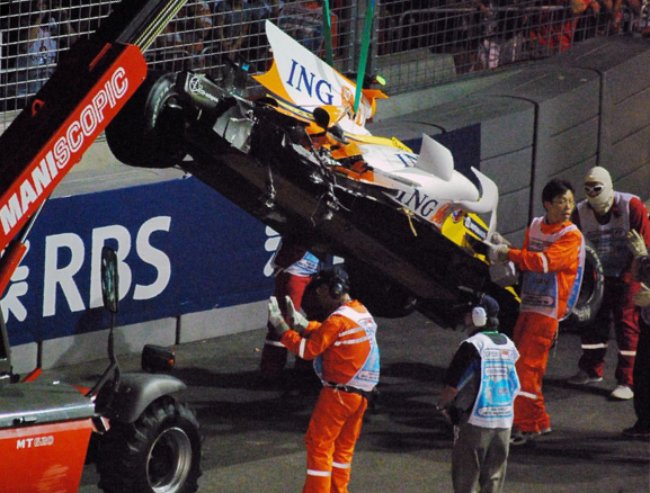 Benjamin Chia, CC BY 2.0, Wikimedia Commons
Benjamin Chia, CC BY 2.0, Wikimedia Commons
2009: Crashgate Brings A Huge Penalty
After Renault let Piquet Jr go during the 2009 season, he revealed to the press that he’d crashed at Singapore on Renault team orders. After an investigation into the cheating allegations, Renault was disqualified and their manager, Flavio Briatore, received a lifetime ban from the sport.
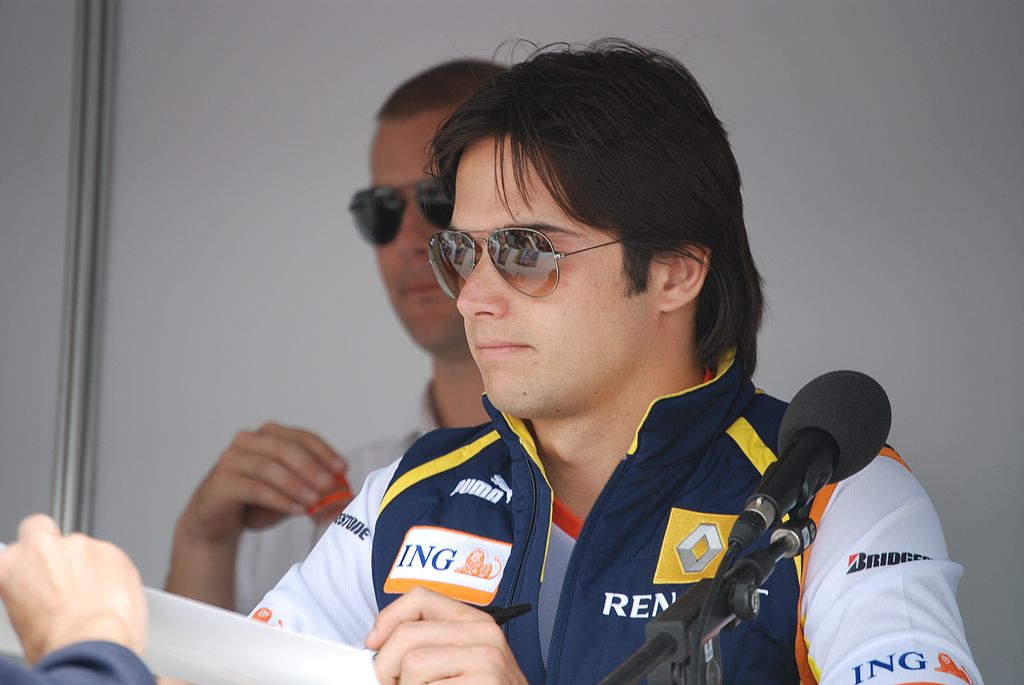 Ann64, CC BY-SA 2.0, Wikimedia Commons
Ann64, CC BY-SA 2.0, Wikimedia Commons
2009: Hamilton Is Disqualified
Jarno Trulli was initially penalized for overtaking Lewis Hamilton while a safety car was on the track at the Australian Grand Prix. It later came out that McLaren had instructed Hamilton to let Trulli pass. The incident led to a disqualification and loss of points for McLaren.
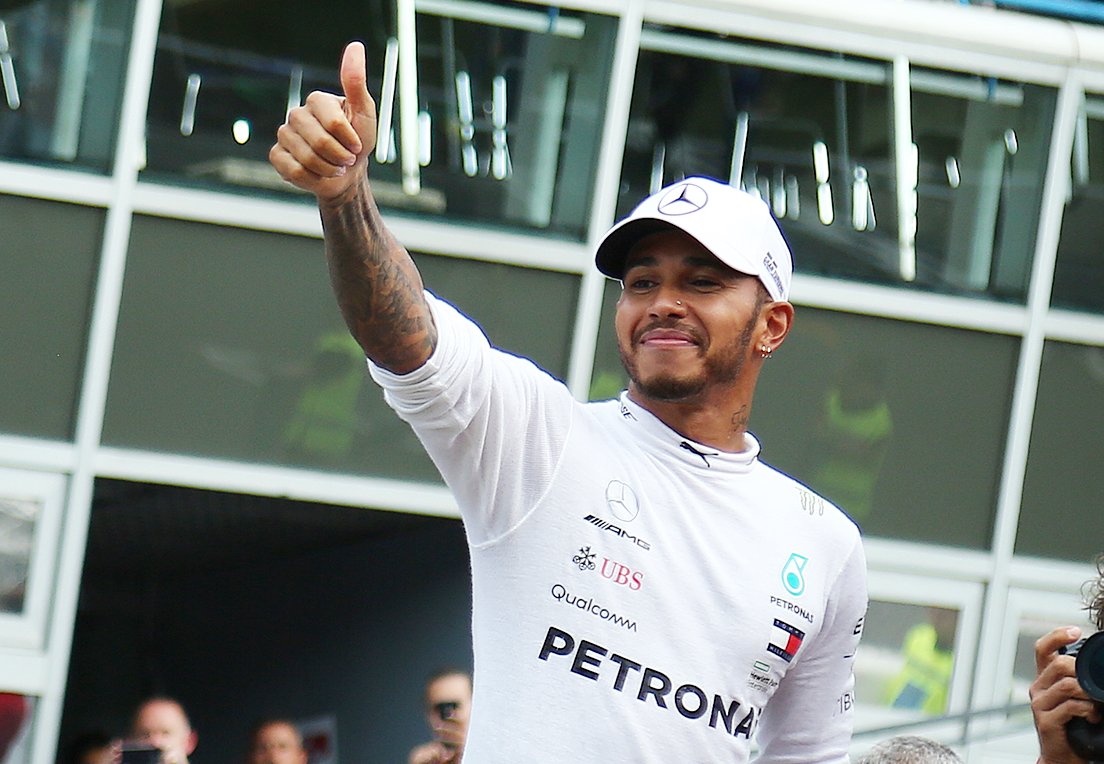 Takayuki Suzuki, CC BY-SA 2.0, Wikimedia Commons
Takayuki Suzuki, CC BY-SA 2.0, Wikimedia Commons
2012: Putting Politics Aside
The Bahrain Grand Prix had been cancelled in 2011 amid the turmoil of the political protests of the Arab Spring. The decision to go forward with the race in 2012 led to a storm of protest in Bahrain and is regarded as one of the most controversial decisions in Formula One history.
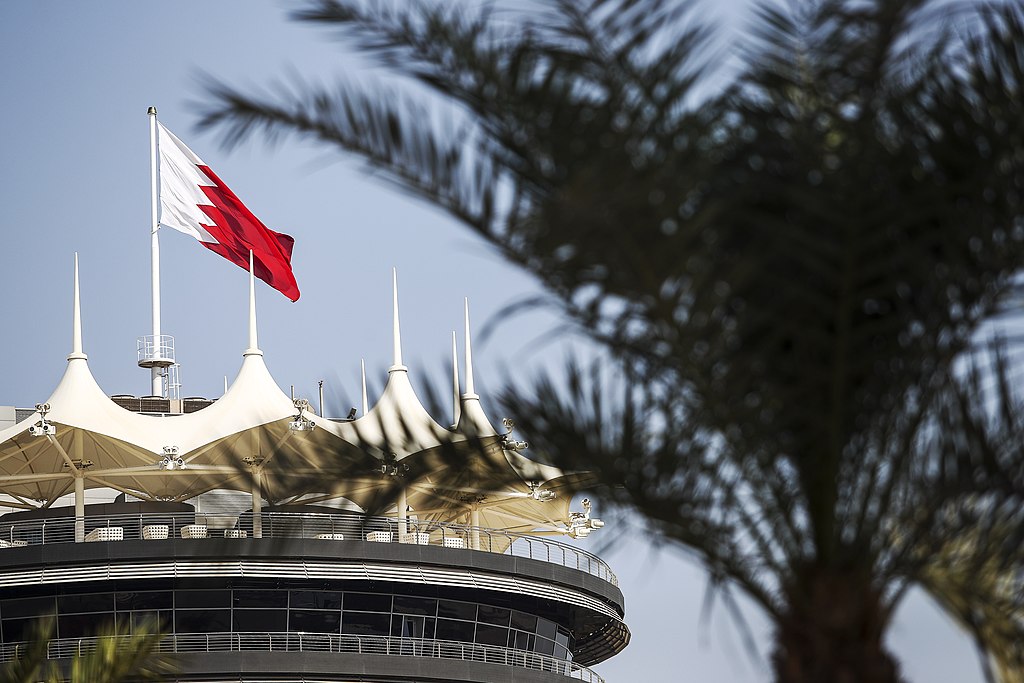 United Autosports, CC BY-SA 2.0, Wikimedia Commons
United Autosports, CC BY-SA 2.0, Wikimedia Commons
2013: Tire Trouble At The British Grand Prix
Lewis Hamilton was enjoying another brilliant first-place performance at Silverstone, but the fun came to an abrupt end when one of his Pirelli rear tires blew. Five other Pirellis failed during the race, leading the manufacturer to make long term changes to their racing tires.
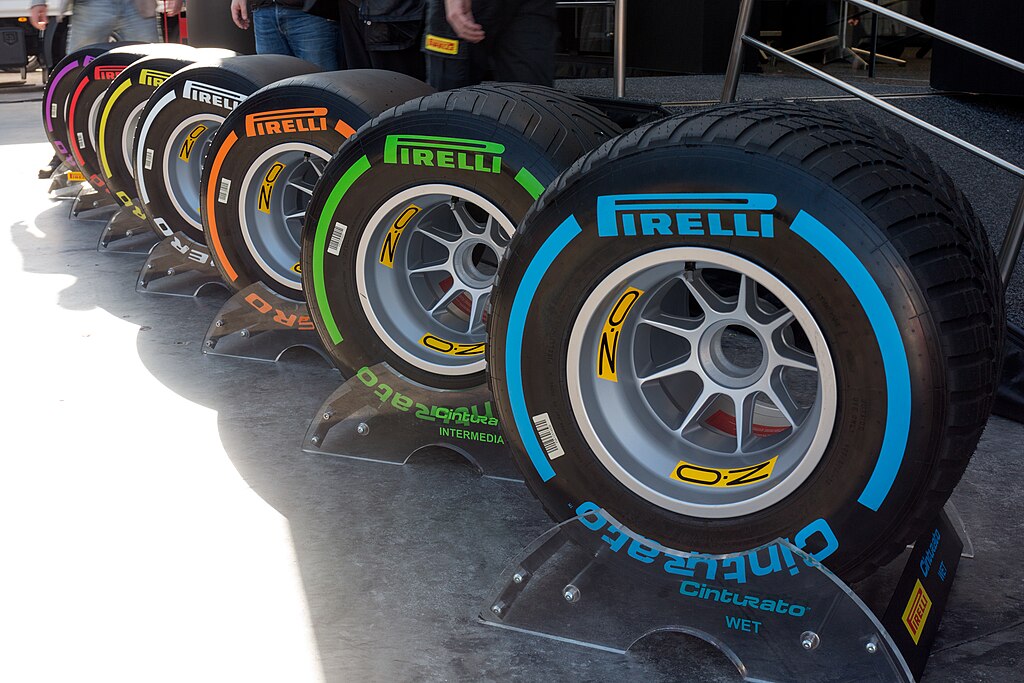 Morio, CC BY-SA 3.0, Wikimedia Commons
Morio, CC BY-SA 3.0, Wikimedia Commons
2019: Vettel Makes A Swap
Sebastien Vettel was slapped with a five-second penalty after he almost ran Lewis Hamilton into a wall at the 2019 Canadian Grand Prix. An incensed Vettel swapped his “Number 2” sign for Hamilton’s “Number 1”, letting everyone know how he felt about the matter.
 Morio, CC BY-SA 3.0, Wikimedia Commons
Morio, CC BY-SA 3.0, Wikimedia Commons
2020: The Pink Mercedes
Short on resources and needing to develop a car for the 2020 racing season, Racing Point developed a car that was almost an exact replica of the 2019 championship-winning Mercedes W10. They gave it an all-pink color scheme for good measure. After protests by other teams, the Racing Point team were fined more than $500,000 for exactly copying the Mercedes’ brake duct design.
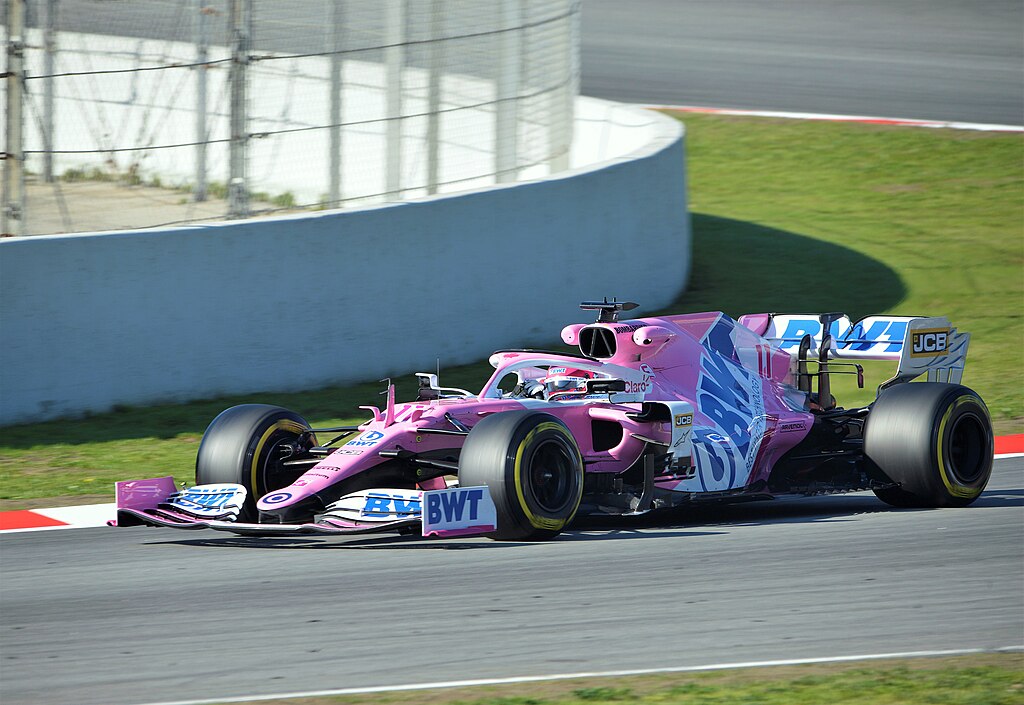 Alberto-g-rovi, CC BY 3.0, Wikimedia Commons
Alberto-g-rovi, CC BY 3.0, Wikimedia Commons
2021: Abu Dhabi Grand Prix
After leading for the first 57 laps, Lewis Hamilton was overtaken on the last lap by Max Verstappen. The race steward was criticized for allowing five lapped cars to unlap themselves from between Verstappen and Hamilton before the safety car had left the track. The contentious decision denied Hamilton an eighth title and was seen as unfair by many, but was upheld by race officials.
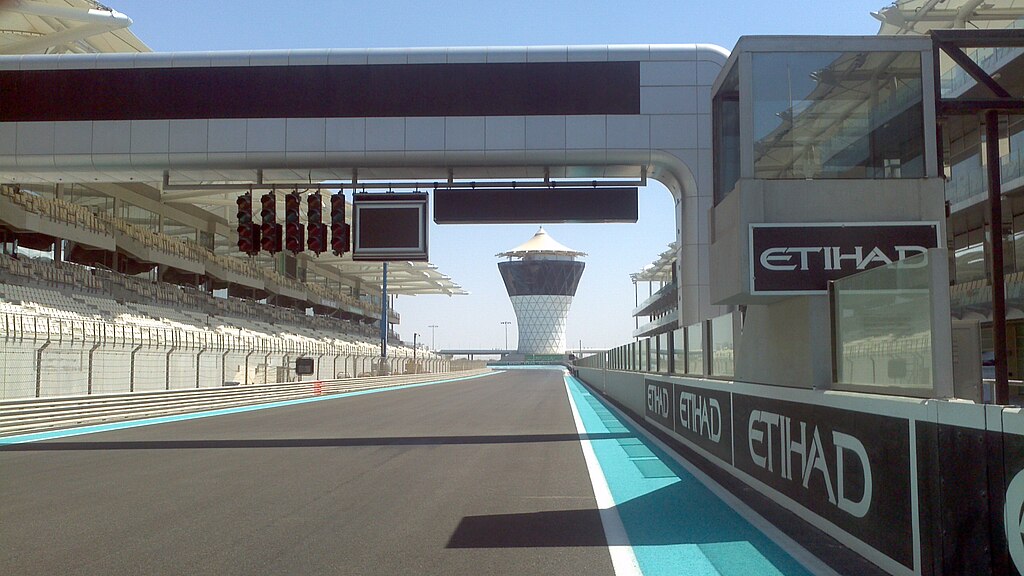 Pi3.124, CC BY-SA 3.0, Wikimedia Commons
Pi3.124, CC BY-SA 3.0, Wikimedia Commons
2005: Tire Controversy At Indy
Let's take it back to the mid-aughts, and one of Formula One's most embarrassing races. When Michelin said their tires wouldn’t last the first 10 laps of the US Grand Prix at Indianapolis, seven teams withdrew from the race. The three teams using Bridgestone tires stayed, but with only six cars running, the race didn’t do much to win over US fans to Formula One. Michael Schumacher won a contest that was widely viewed as a farce.
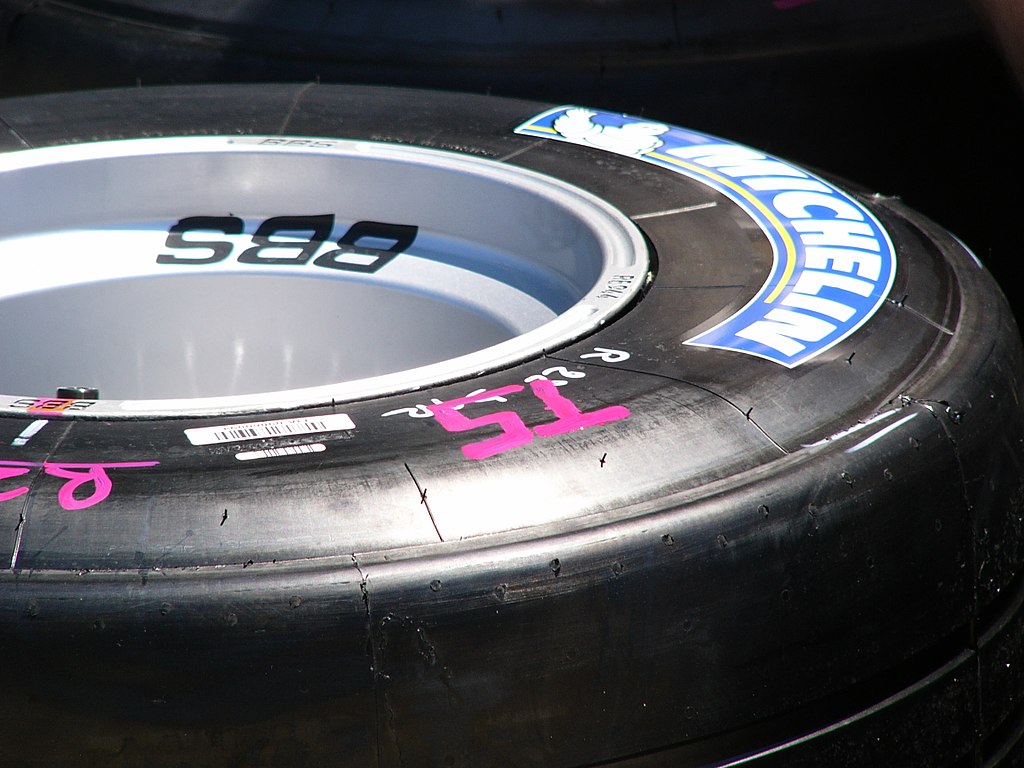 Ryosuke Yagi, CC BY 2.0, Wikimedia Commons
Ryosuke Yagi, CC BY 2.0, Wikimedia Commons
The Causes Of Controversy
Great drivers, incredible cars, wily designers, and intense competition are what make Formula One so great, but are just as often the source of major controversy. With another Formula One season underway, we may not have to wait long for controversy to boil over again!
You May Also Like:
Formula One's Biggest Rivalries
NASCAR's Most Controversial Moments
Formula 1’s First Grand Prix Victim
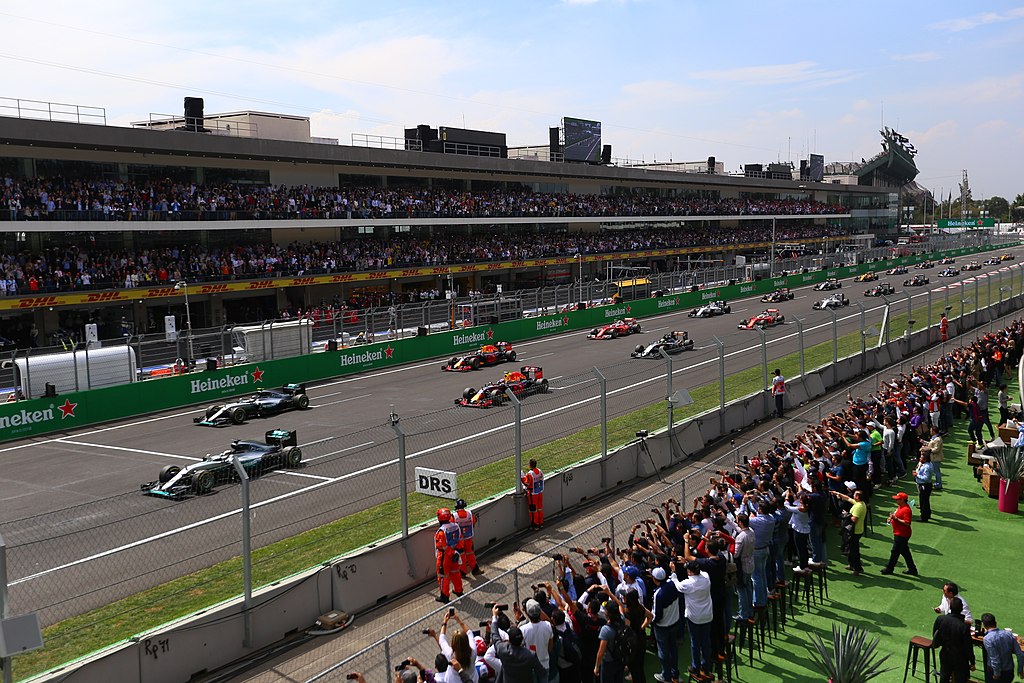 Gobierno CDMX, CC0, Wikimedia Commons
Gobierno CDMX, CC0, Wikimedia Commons
Sources: 1, 2, 3, 4, 5, 6, 7, 8, 9, 10, 11, 12, 13, 14, 15, 16, 17, 18, 19, 20


